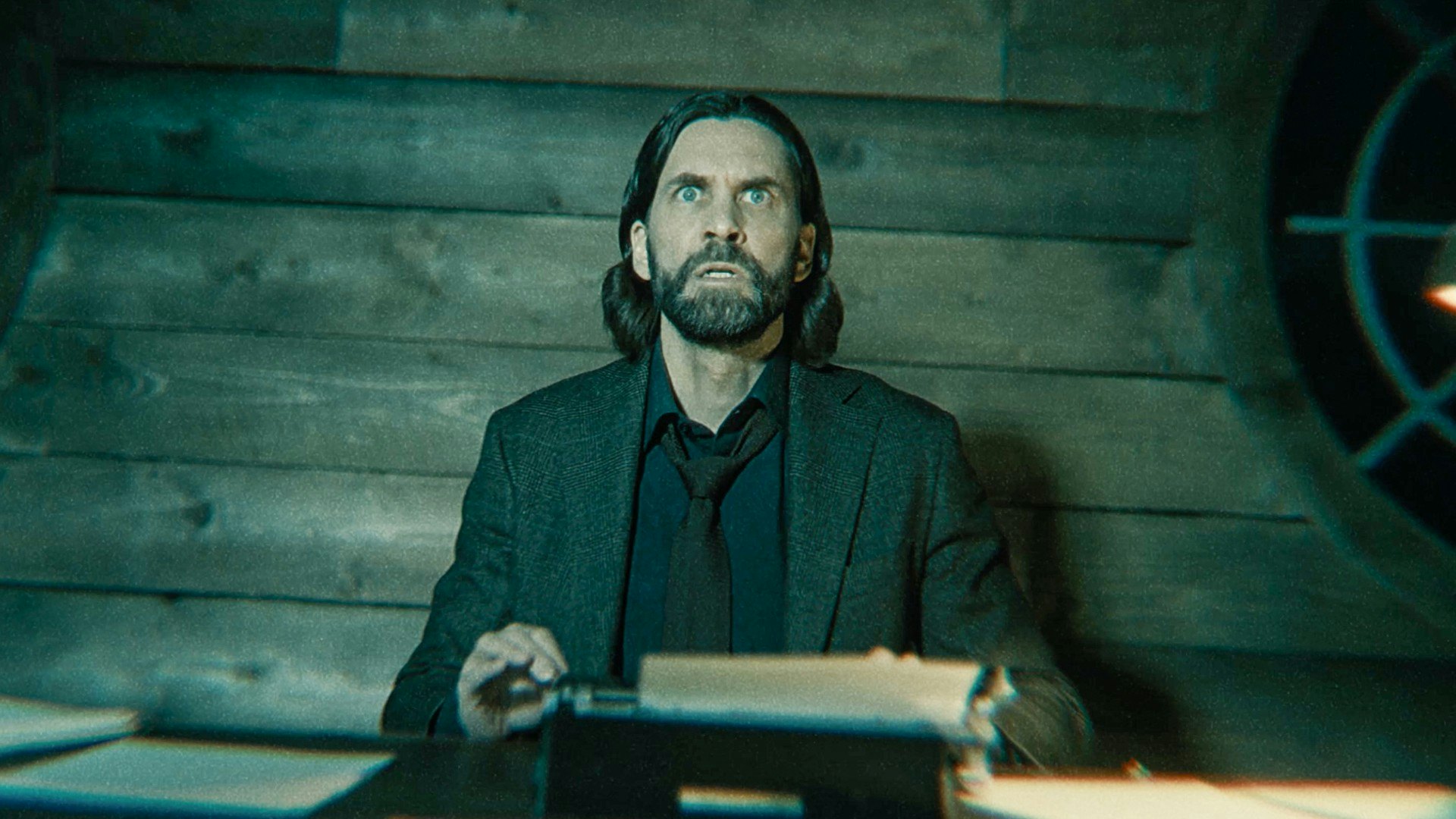
Playing the Alan Wake 2 demo was the closest I’ve ever seen a videogame get to representing how the mind of a writer works, pulling on disparate threads until it all comes together into a bigger picture. It’s one of the most innovative takes on survival horror in years, with dynamic mechanics that literally let you play with reality, creating an ethereal and unsettling experience. After a nearly three-hour hands-on event, Alan Wake 2 is shaping up to be yet another gem from Remedy Entertainment.
Our demo was split into two halves, one that followed new protagonist Saga Anderson as she investigates the area around Bright Falls (the town from the first Alan Wake), and a second section that follows Alan himself, who’s trapped in a realm called The Dark Place. There’s an interesting, seemingly intentional, duality that emerges between these two sections, as Saga’s part feels more like your typical spooky survival horror, while Alan’s dives more into psychological elements, with those wild shifting mechanics.
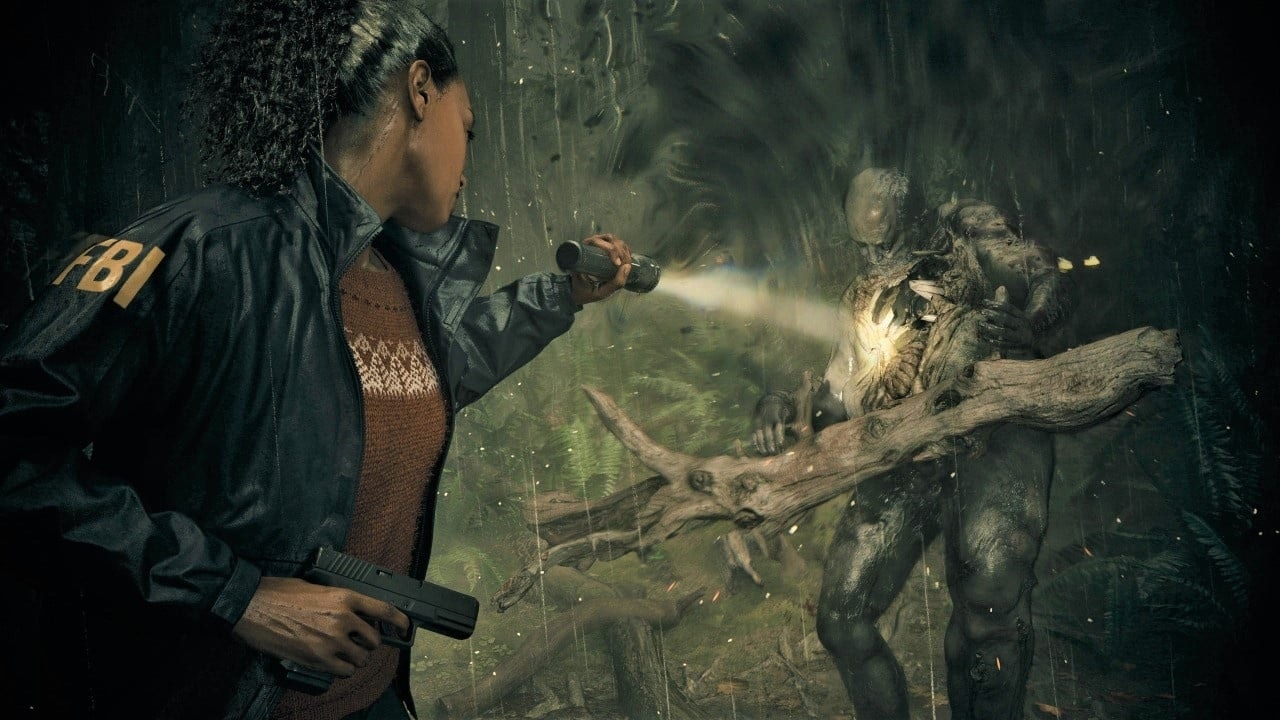
Saga’s section opened with a bit of investigation, as you could poke around the small town of Watery. The FBI agent is on the hunt for the Clicker, a supernatural item that fans of the original game will be quite familiar with.
The investigation eventually leads Saga through an eerie forest to an abandoned theme park called Coffee World, complete with attractions like The Percolator. Alan Wake 2’s combat feels much more brutal and visceral than anything Remedy has done before, with the darkness-cloaked enemies soaking up bullets like nothing, even as chunks of flesh blow off their bodies.
Of course, being a survival horror game means ammo management and inventory are a vital part of Alan Wake 2, and the game’s inventory system feels very reminiscent of Resident Evil 2 remake, where you have a limited number of slots. The whole demo I felt on the verge of running out of ammo but never actually did run out, creating a general sense of worry.
“We wanted to make sure that resources were something the player was actively aware about,” says game director Kyle Rowley “We implemented a dynamic resourcing system that basically tracks the player's inventory, what they have, what they don't have, what potential encounters may be coming up, and then we dynamically adjust how many resources we give you.”
One of the most interesting mechanics on Saga’s side is The Mind Place, an interactive pause menu that you can enter at any time by pressing the menu button, instantly transporting Saga to an investigation room with zero loading. The two main features here are the clue board and profiling desk.
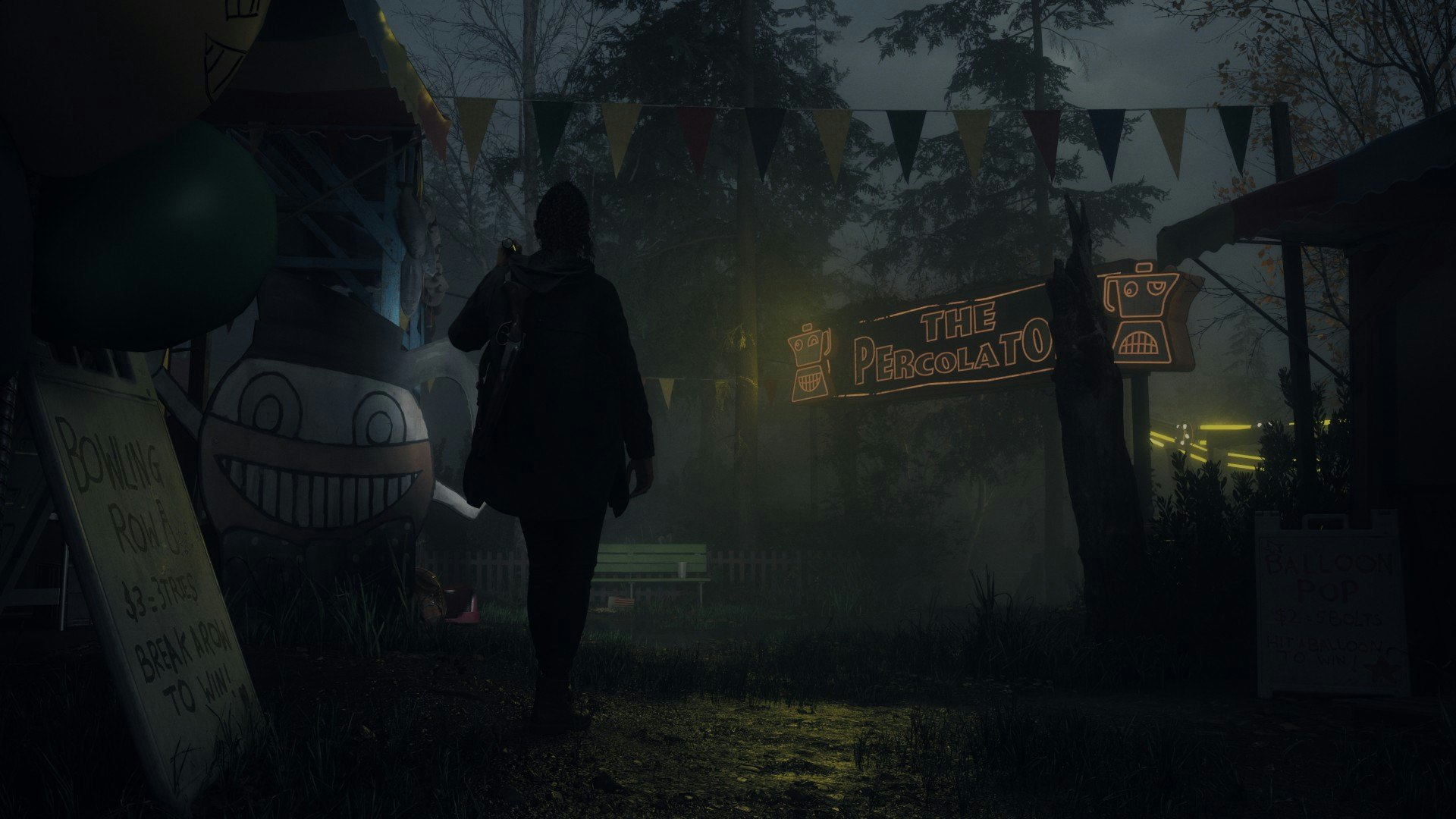
Throughout the demo I’d have to use both of these features to piece together bits of the story, and figure out what to do next. The clue board has different case files that you can swap between, and any clues you find will need to be set on the board at the applicable points. Profiling, on the other hand, lets Saga enter the minds of suspects, hearing their thoughts on certain topics, which can lead to further clues. The whole system feels very True Detective-ish, adding an element of intrigue to how you reveal and process the narrative.
There are also multiple side cases that seem to play out across the game, which players can pursue if they want. I found a few clues for side cases while pursuing the main story, and the few that I pursued gave a bit more context into the events happening.
“The goal for side cases was, for players who investigate them, to get a really rich context for what’s going on, and to get a better understanding of Saga’s character and the world, “ says narrative designer Molly Maloney.
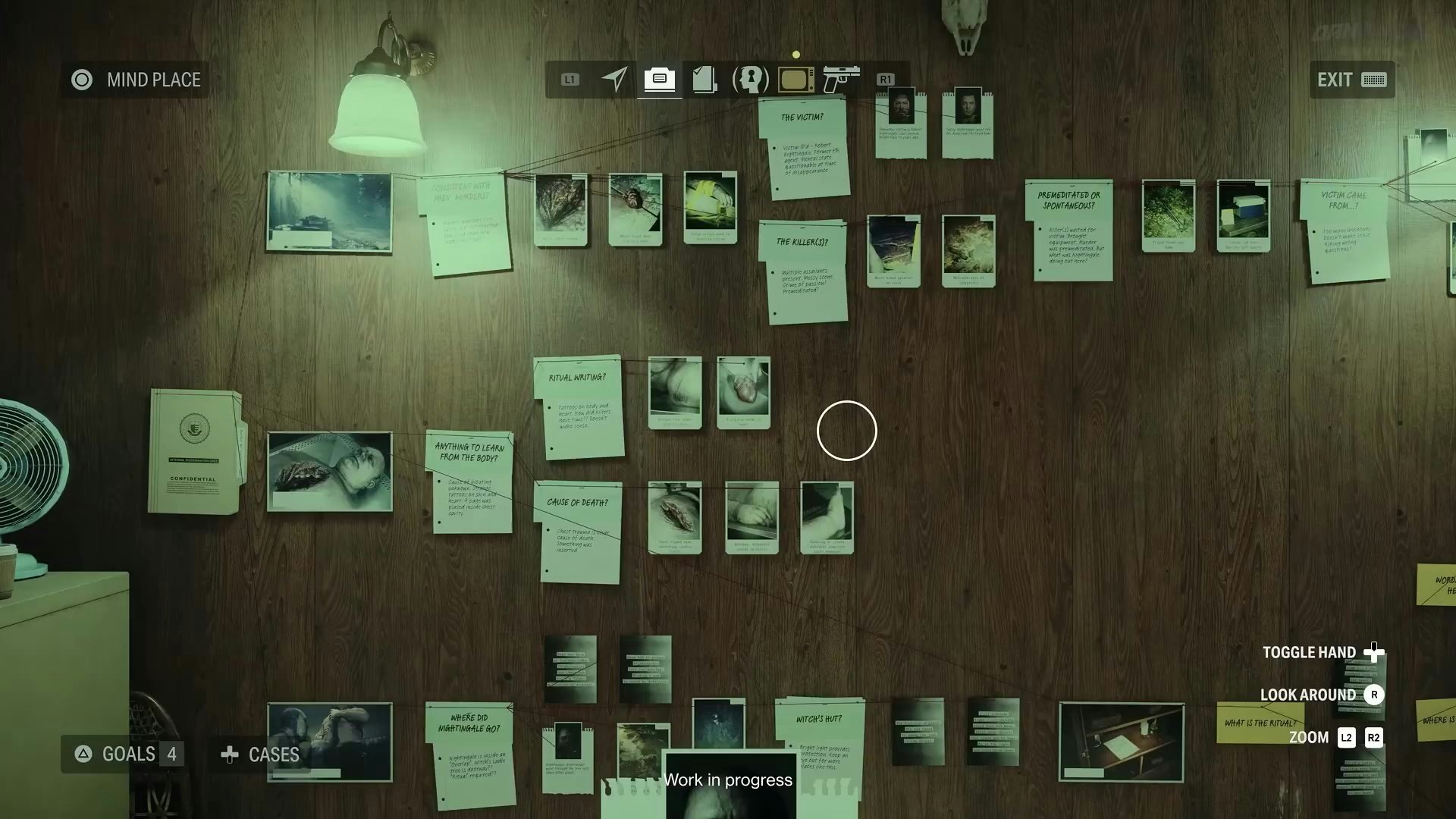
Alan Wake 2 leans into an FBI investigation vibe for Saga’s part, while Alan’s focuses more on his writer background. Alan’s section takes place in a supernaturally twisted version of New York, as the hero desperately tries to escape from the realm. In this effort, he gets a call on a payphone, with instructions to head to the Oceanview Hotel.
The abandoned streets of New York are deeply unsettling, especially as little voices creep in and out and shadows seemingly move around every corner. Remedy’s sense of atmosphere has always been unmatched, and Alan Wake 2 is already the studio’s most atmospheric game by far.
There are two main mechanics to Alan’s gameplay, the Angel Lamp and topics, both of which let Alan shape and mold the environment around him. With the Angel Lamp Alan can absorb light sources, then re-use them to shift the environment. For example, using a light source on a broken down bar might restore it, unblocking a door that lets you get to a shotgun, while also revealing an environmental clue for a puzzle.
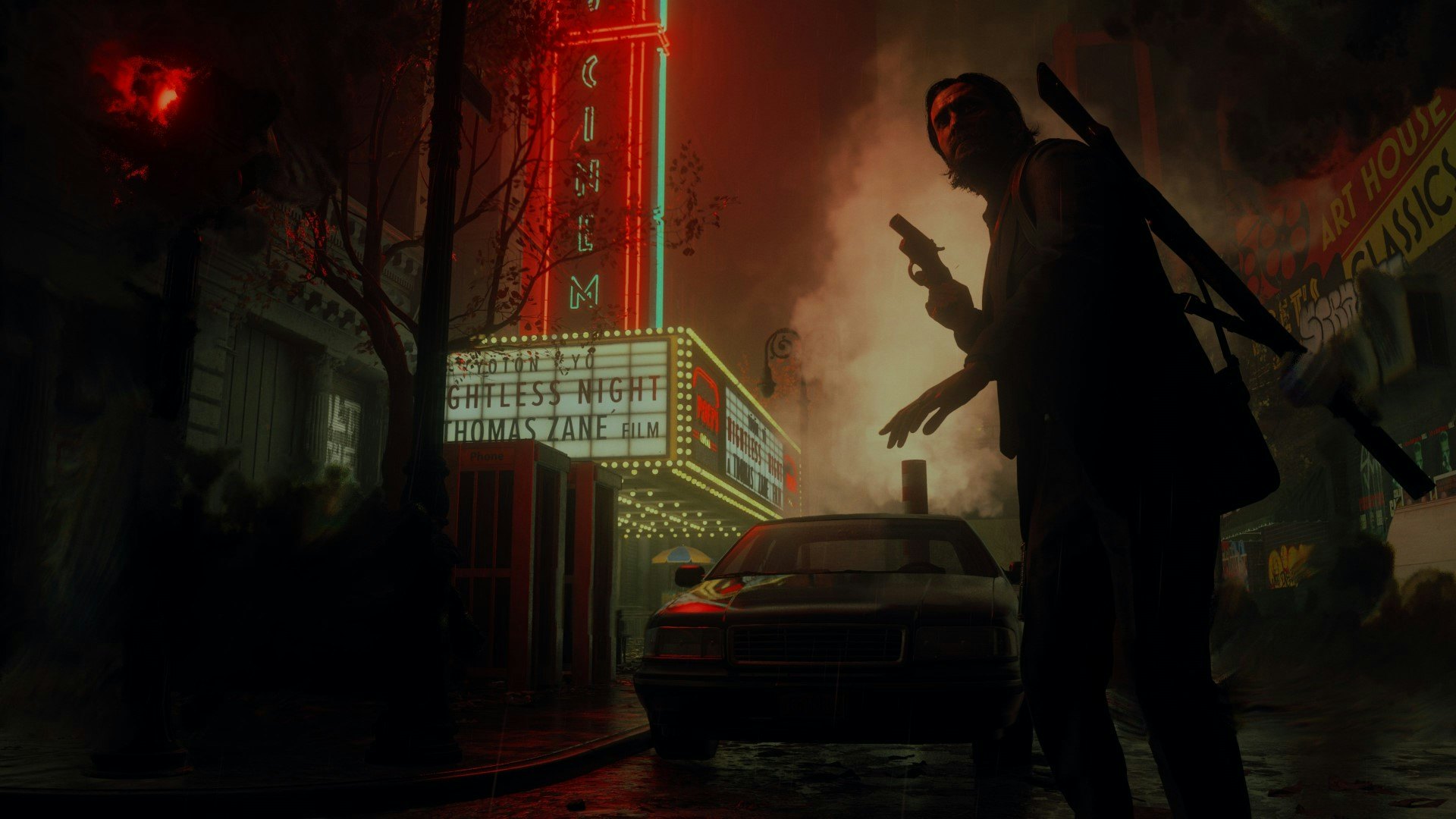
Topics, on the other hand, are a fascinating mechanic that lets you change the entire layout of environments to something different. While exploring you’ll uncover “scenes” that are a certain areas. For example, the hotel has scenes for the entrance hallway, ballroom, Room 208, etc. Then there are “Topics,” which are words that can be imprinted on those scenes using Alan’s writer instincts, completely changing them. In the demo, I found the words horror, devil, and ritual, and all of these words can be imprinted on any of the scenes you find.
It’s a bit hard to wrap your mind around how dynamic this system is at first, but imagine imprinting the word “horror” on a normal-looking ballroom. Within seconds the ballroom shifts to a bloody murder scene, with Alan’s typewriter sitting on the stage. Interacting with the typewriter reveals a story scene and then an ambush from nearly a dozen shadow creatures. Alan’s section required a lot of experimenting with these different scenes and topics, revealing bits of lore and story, extra resources, and even Easter Eggs, the more I poked around.
Layering on even more, while exploring Alan can happen upon little visual breaks in reality. If he lines up just right with these breaks you’ll unlock a scene that plays out like Control’s live-action segments, layering on top of the screen. While exploring the hotel you can find a handful of these areas that let you look into the investigation of FBI agent Alex Casey, who Wake himself runs into near the beginning of the chapter. It becomes abundantly obvious from these that Casey is inspired by Max Payne, as he’s played by Remedy creative director Sam Lake and uses the same kind of raspy monologue while he investigates.
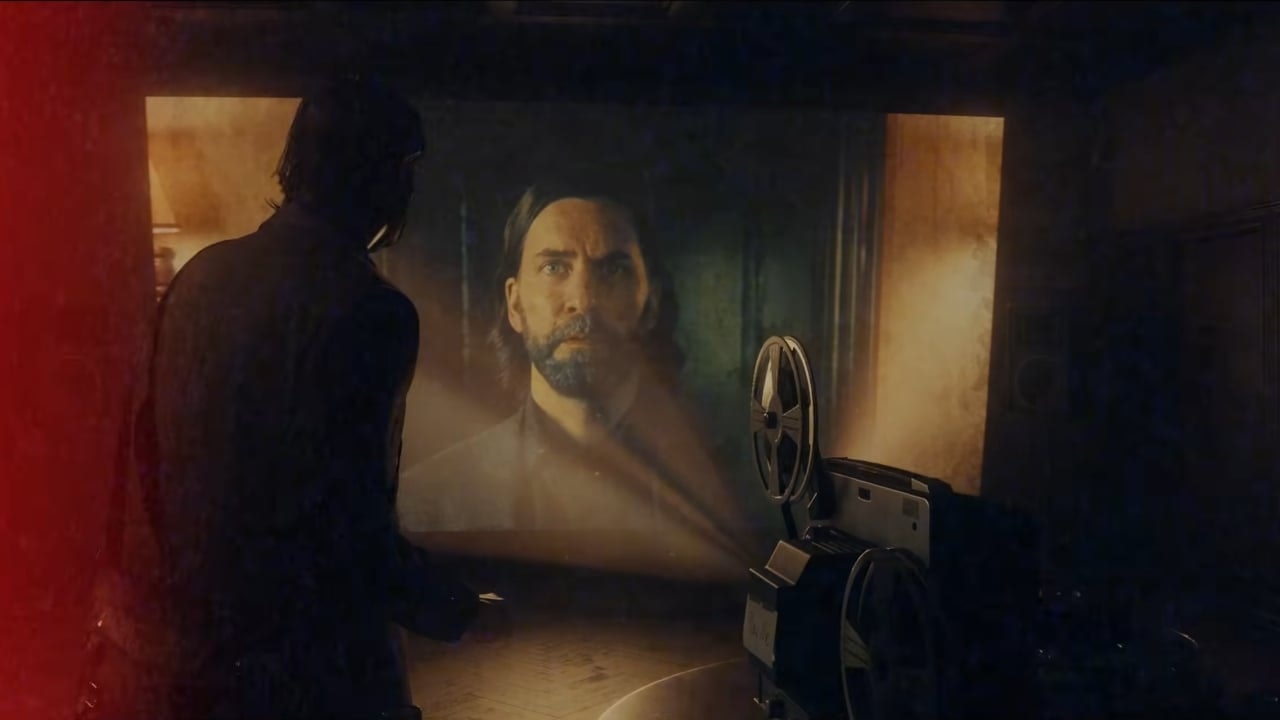
All of these reality-shifting mechanics combine in Alan’s section to make for an experience that feels otherworldly. The hour and I half I played was unlike anything I’ve ever seen in another video game, and the way these elements all felt dynamic, instead of just gimmicky, was truly impressive.
Saga’s demo had a lot of strong survival horror and investigation elements, but Alan’s side of the story felt the most unique. Somehow, both sides of the story feel entirely distinct, but still part of a larger whole. I’m fascinated to see how these ideas play out in the full game, and if this kind of variety can be applied across the entire experience, Alan Wake 2 might be a late entry in the Game of the Year race.







